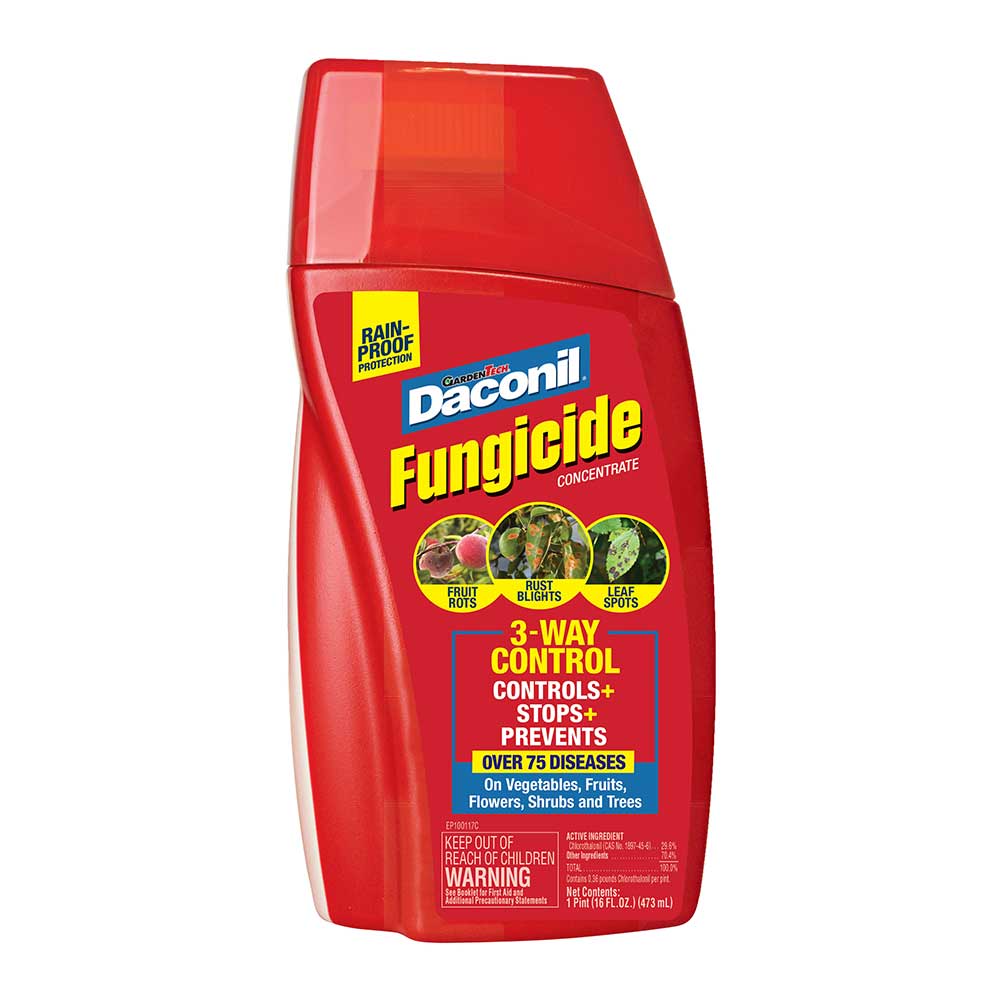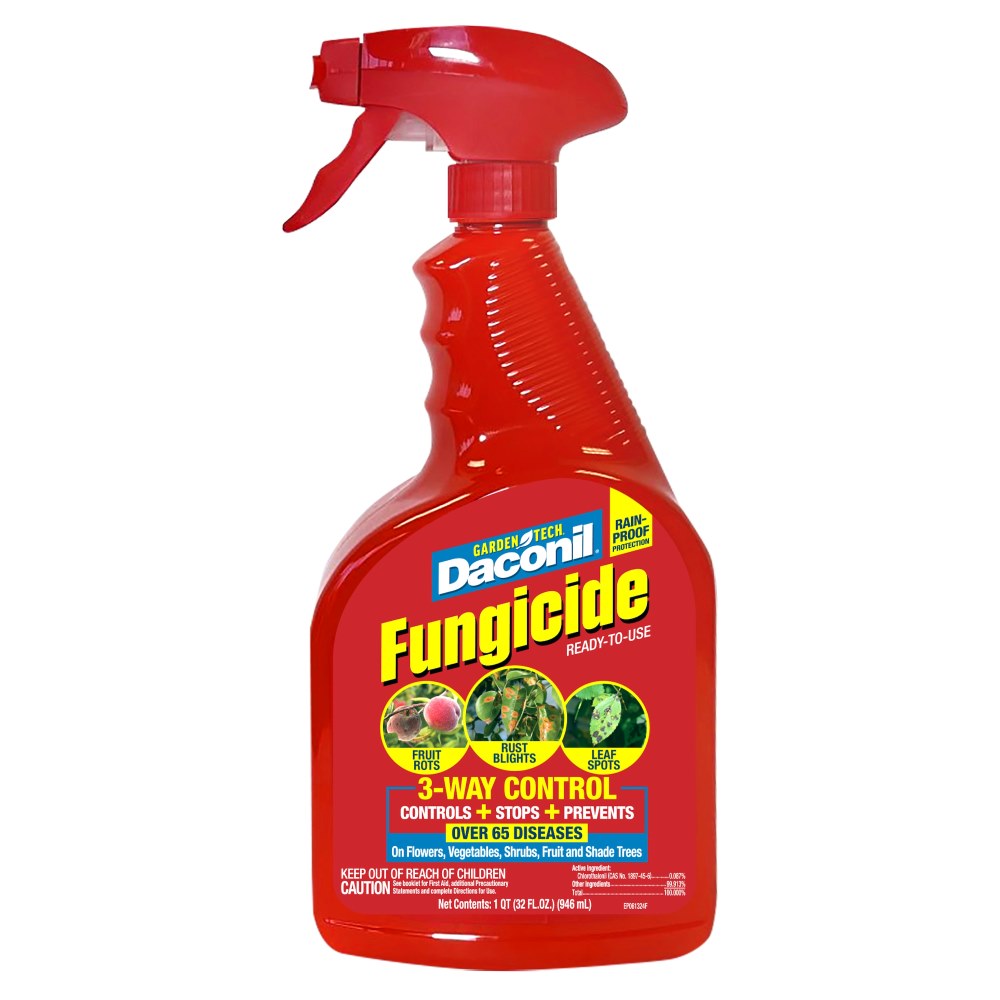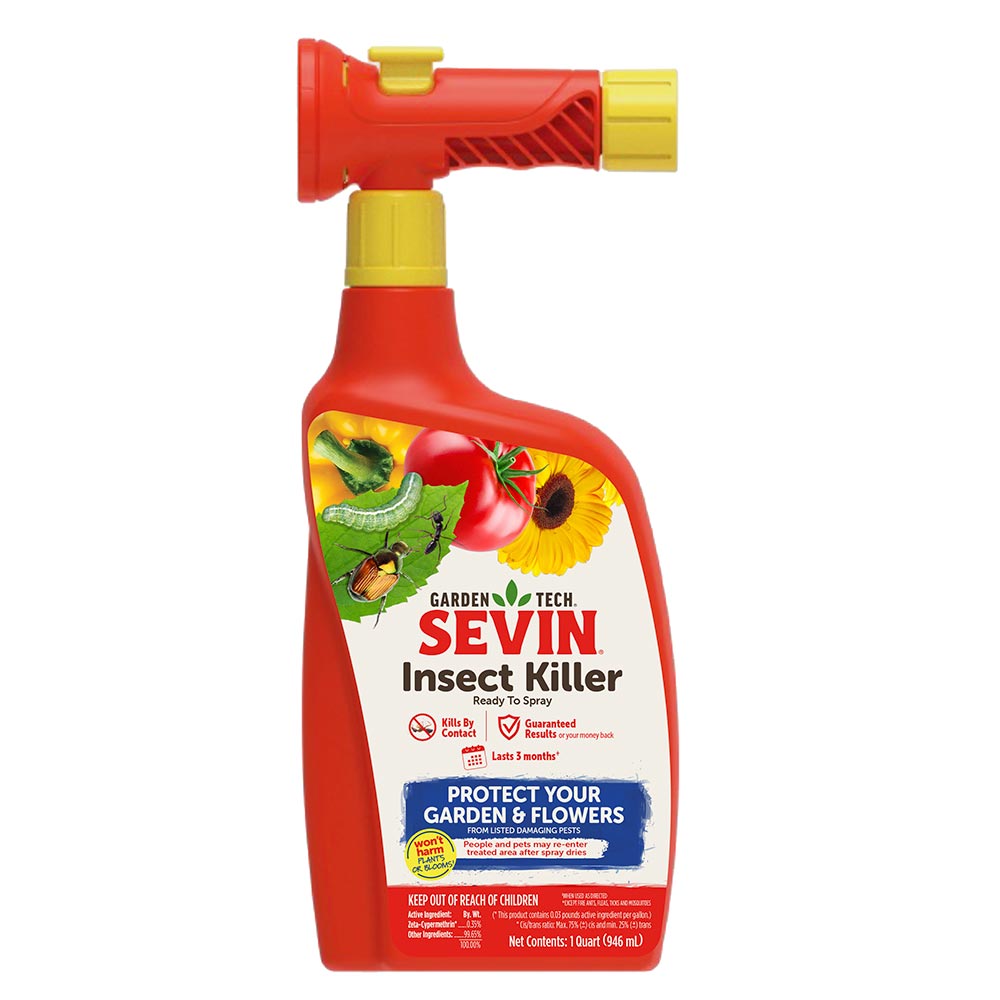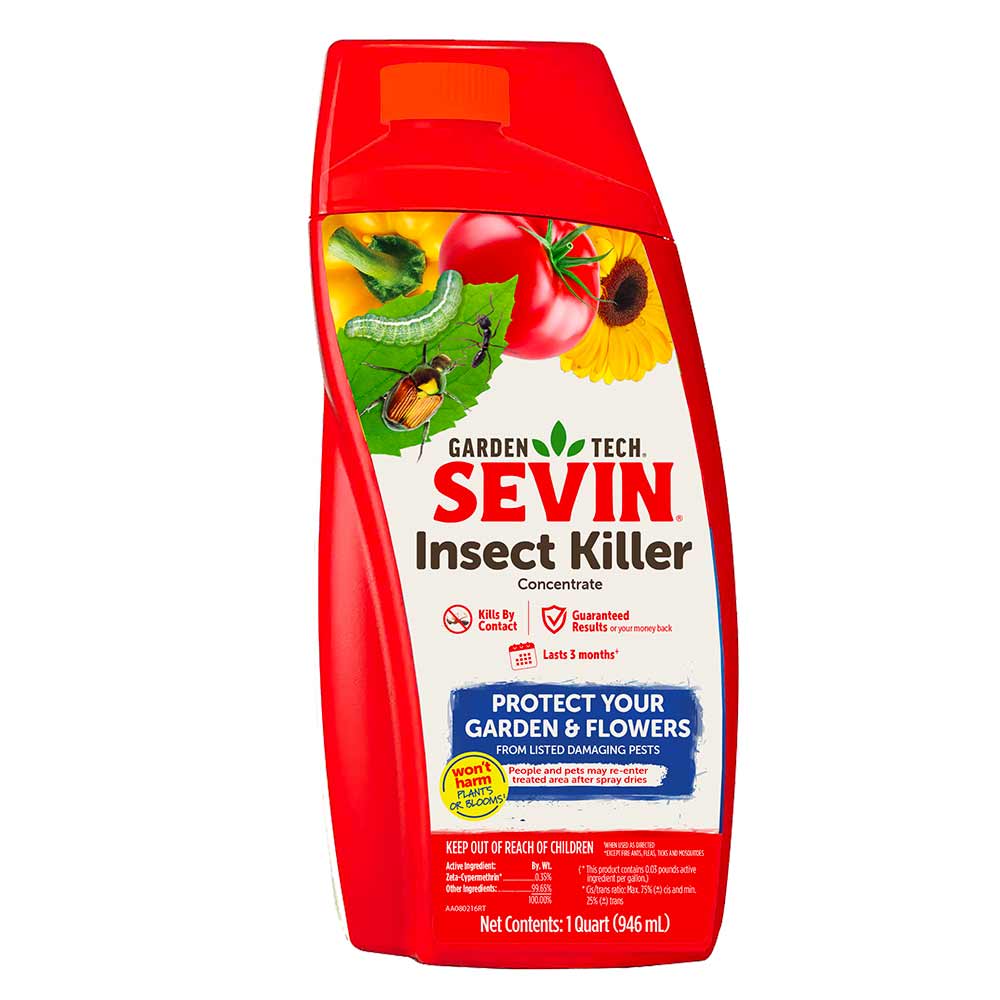Brown Rot Blossom Blight
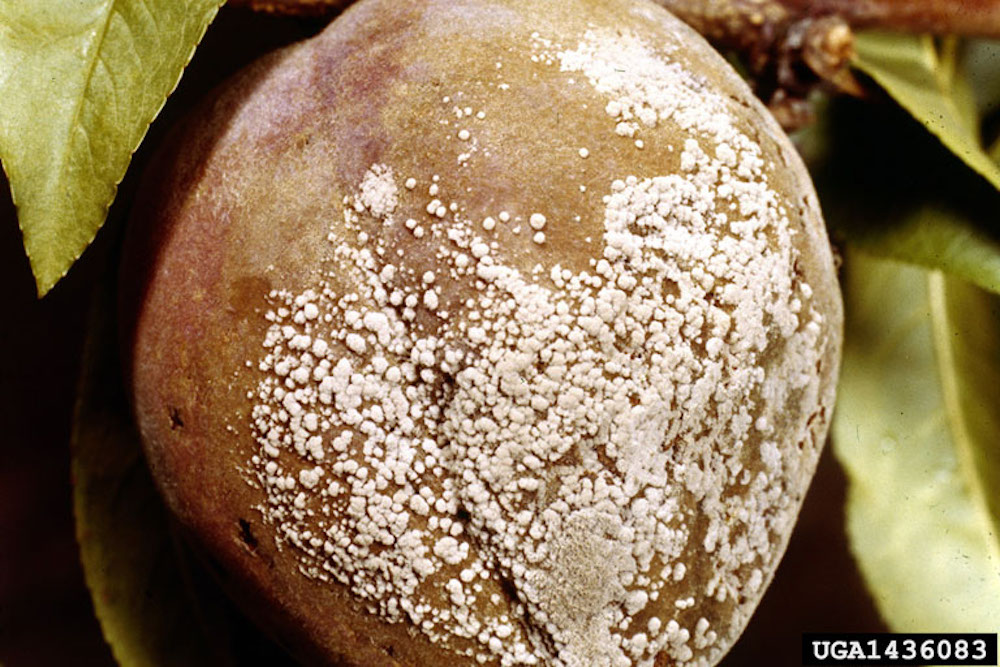

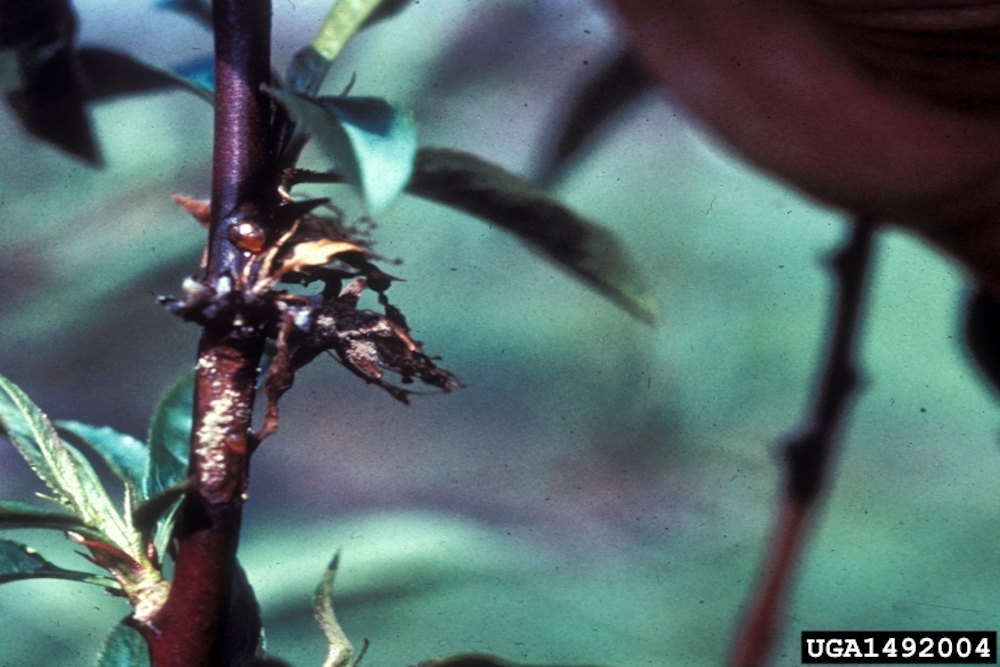
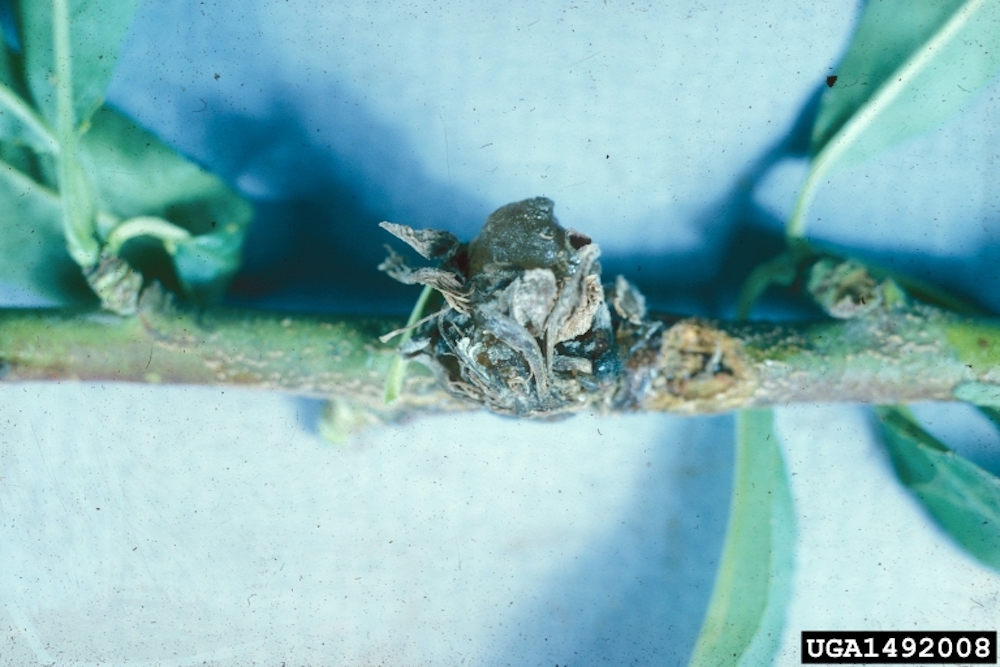
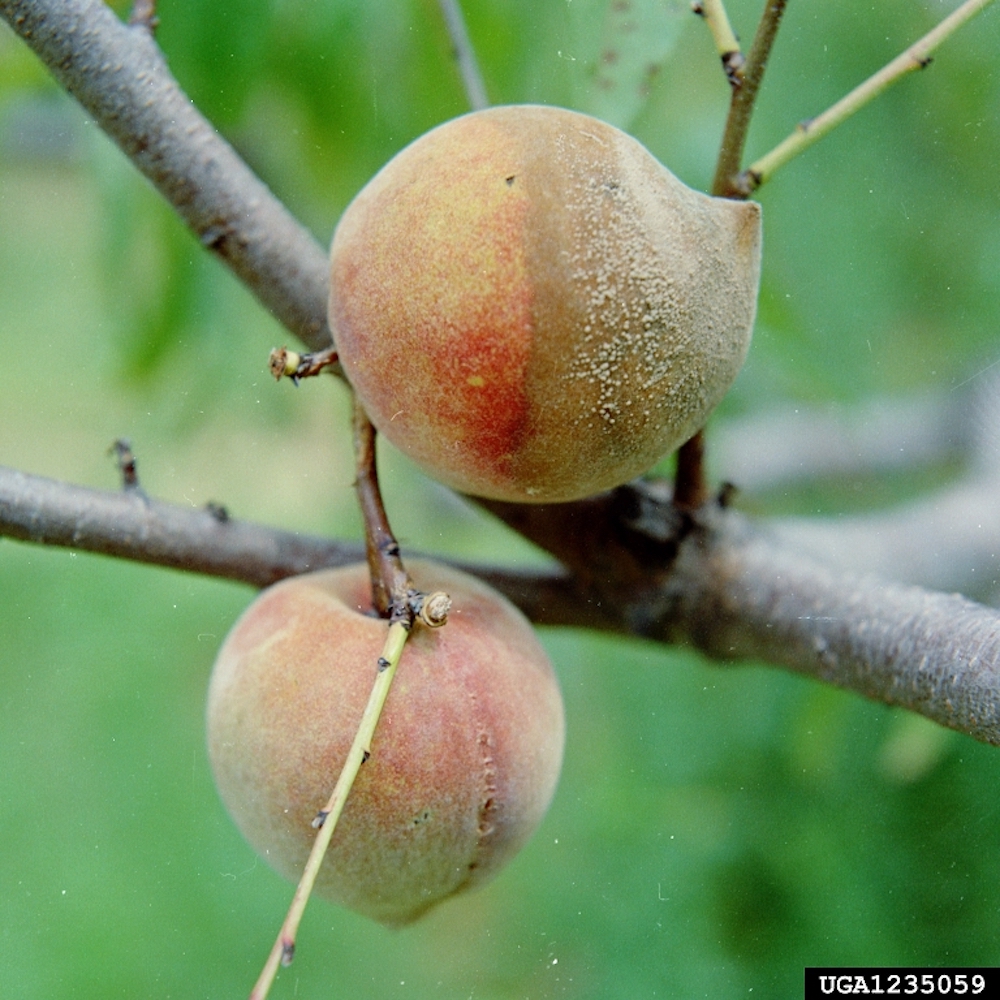
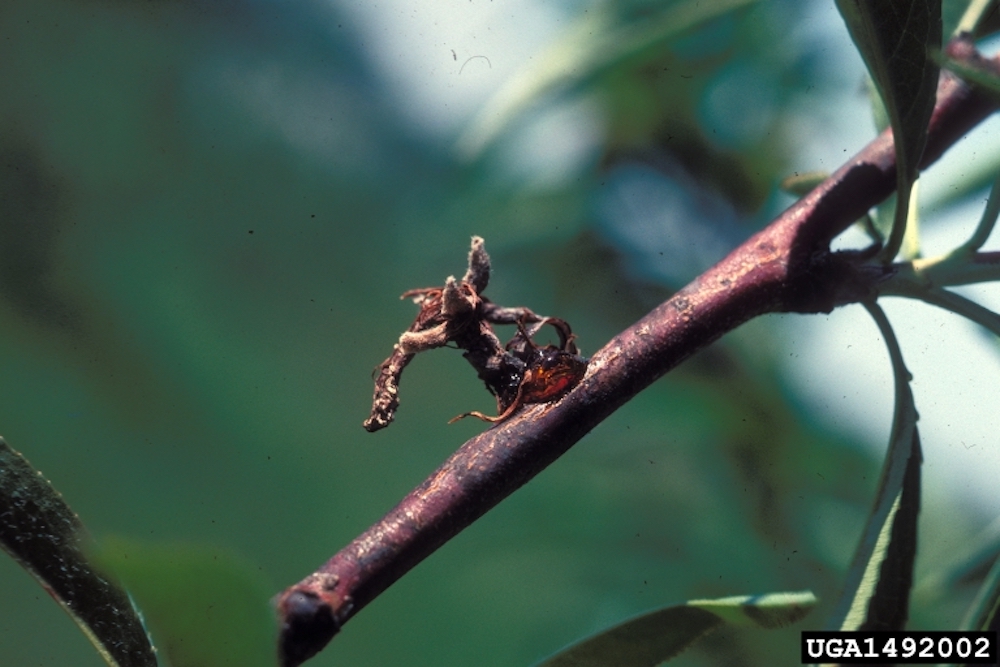
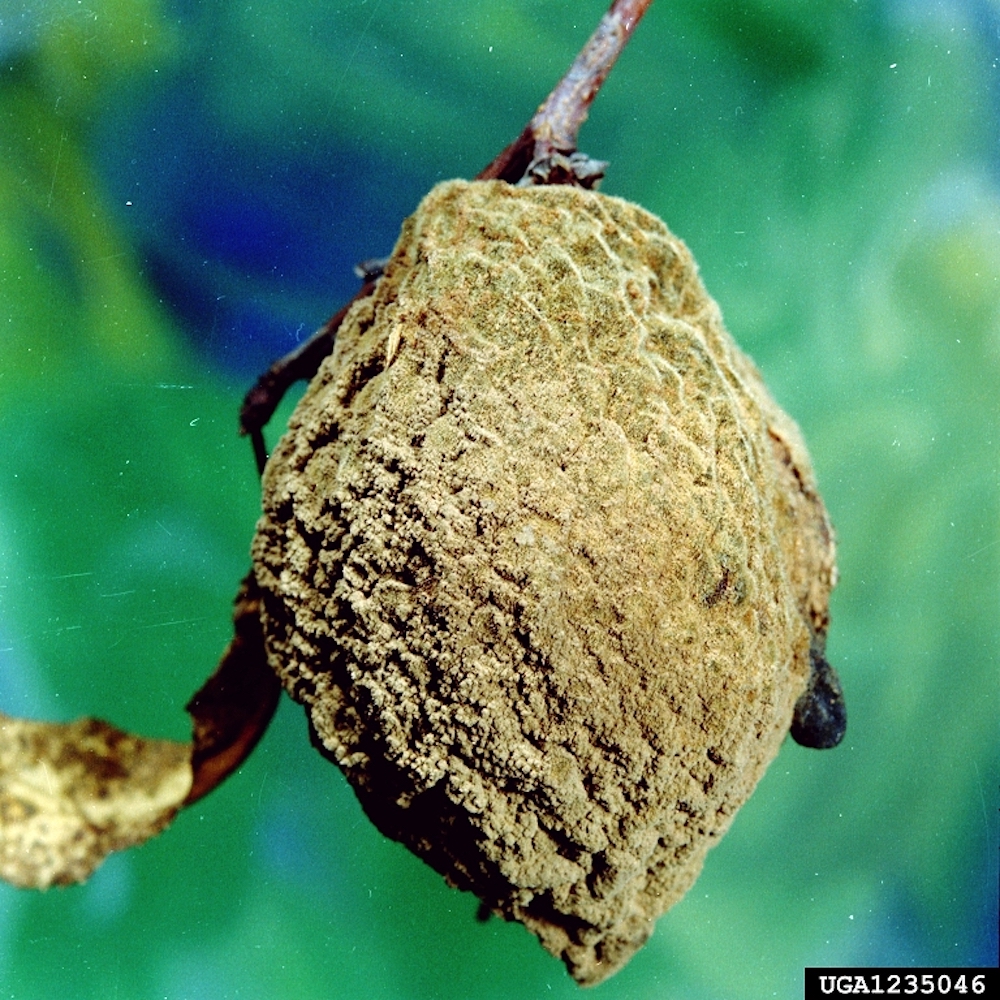
"Stone" fruits, such as peaches, apricots, cherries, and plums, are known for their stone-like pits. The fungal disease called brown rot blossom blight strikes these succulent fruits in two stages: an early-season blight of blossoms and twigs, and a late-season soft rot of fruit.
Especially destructive in warm, humid climates, brown rot blossom blight requires extended periods of wetness paired with warmth to infect stone fruit trees and spread. Brown rot fungi spread via splashing water, rain, and wind from infected twigs, fruit on the branch, and fallen fruit on the ground. Warmer temperatures during wet weather speed the infections.
Insects such as June beetles do their part to add to this disease. The insects distribute brown rot fungi as they feed on plant leaves, flowers, and fruits. The wounds created by their feeding provide additional entry points for infecting fungi.
Brown Rot Blossom Blight Identification/Symptoms: The first phase of brown rot blossom blight happens early in the season when stone fruit trees bloom. The fungi infect the flowers and the twigs where flowers attach. Blooms wilt and turn brown, and twigs develop oozing cankers. Wilted blossoms often stick to the gummy ooze.
Phase two of brown rot blossom blight comes in the weeks right before harvest time. Ripening fruits develop tan spots that turn into gray-brown masses of fungal spores. In wet, warm conditions, the spores spread quickly and entire crops are lost. Fruits fall to the ground or cling to the branch and become shriveled and mummified.
How to Control Brown Rot Blossom Blight: Proper treatment timing is critical to controlling brown rot blossom blight. Daconil® Fungicide Concentrate from GardenTech® brand offers highly effective protection against the disease in stone fruits such as apricots, cherries, nectarines, peaches, plums, and prunes.
Begin treatment at the "popcorn" stage, when blossom buds show the first glimpse of color. Make a second application when blossoms hit full bloom. If cool-moist weather continues, make one additional application at petal fall. Do not apply between fruit formation and harvest.
With Daconil® Fungicide Concentrate, use the convenient measuring cap to measure the recommended amount of concentrate into a hand-held, hose-end, or tank-style sprayer. Then add the recommended amount of water and mix well. Apply a full-coverage spray to thoroughly cover the tree canopy, including the undersides of leaves, to the point of runoff.
If insects such as June beetles are feeding on your stone fruit trees, get added control over brown rot blossom blight by treating with liquid Sevin® Insect Killer insecticides. Sevin® Insect Killer Ready To Spray and Sevin® Insect Killer Concentrate, ideal for fruit trees, treat stone fruits up to 14 days before harvest.
Brown Rot Blossom Blight Tips: Good garden sanitation helps limit the sources of brown rot blossom blight fungi. Harvest fruit before it becomes overripe, and always pick up and dispose of fallen or mummified fruit where fungi will overwinter.
Always read product labels thoroughly and follow instructions, including guidelines for treatable plants, application rates and frequencies, and pre-harvest intervals (PHI) for edible crops.
GardenTech is a registered trademark of Gulfstream Home and Garden, Inc.
Daconil is a registered trademark of GB Biosciences Corp.
Sevin is a registered trademark of Tessenderlo Kerley, Inc.
Photo Credit:
University of Georgia Plant Pathology, University of Georgia, Bugwood.org (CC BY 3.0 US)
University of Georgia Plant Pathology, University of Georgia, Bugwood.org (CC BY 3.0 US)
University of Georgia Plant Pathology, University of Georgia, Bugwood.org (CC BY 3.0 US)
Clemson University - USDA Cooperative Extension Slide Series, Bugwood.org (CC BY 3.0 US)
Clemson University - USDA Cooperative Extension Slide Series, Bugwood.org (CC BY 3.0 US)
Clemson University - USDA Cooperative Extension Slide Series, Bugwood.org (CC BY 3.0 US)


